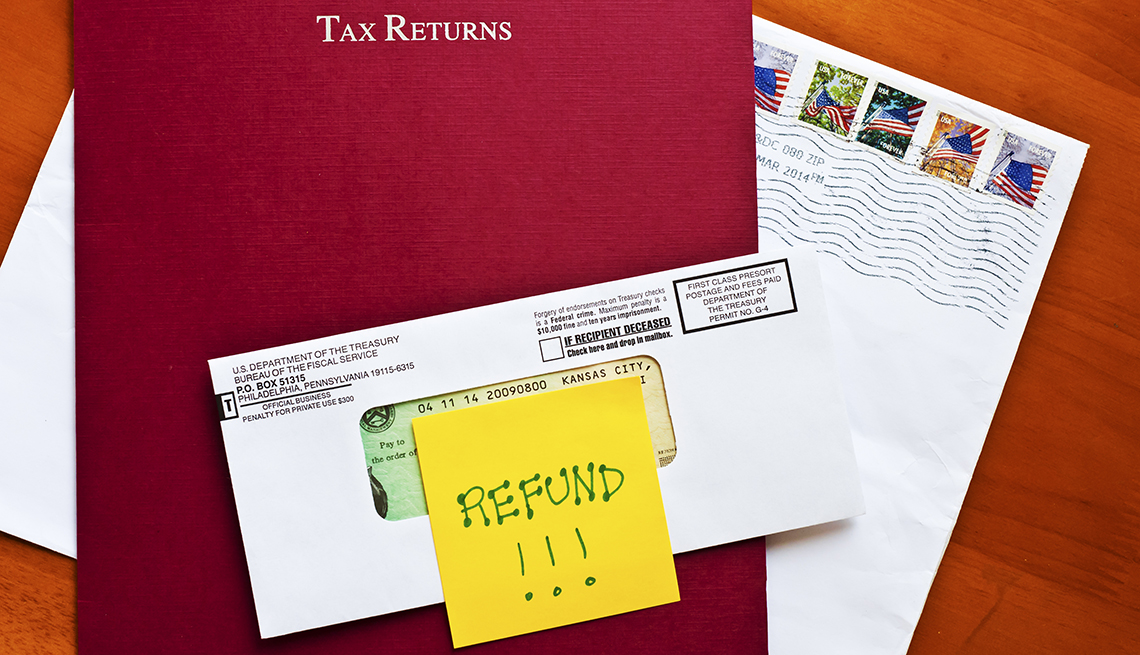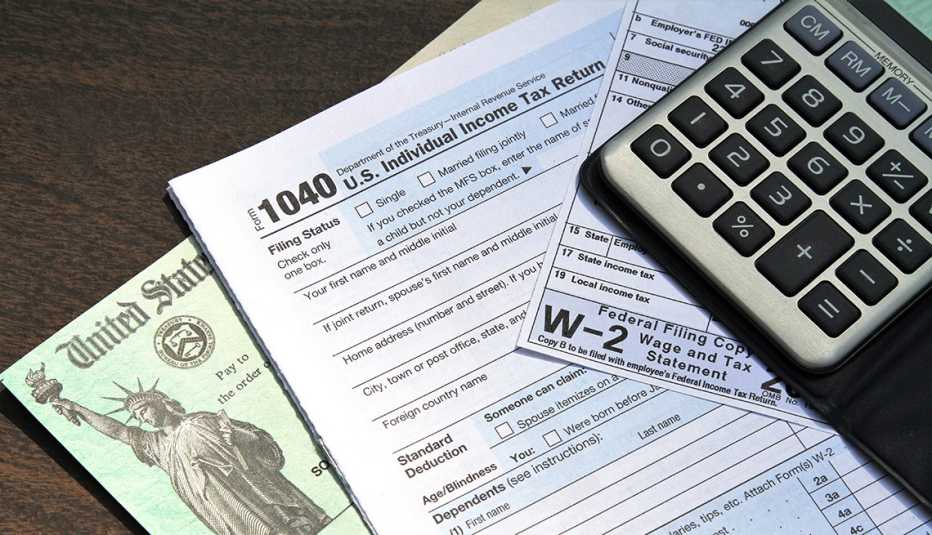Staying Fit
Lots of people complain about taxes, though you'll rarely hear someone complaining about getting a tax refund. But you do hear some misleading things about your refund. Let's put an end to that.
Refunds are a big part of tax season. The Internal Revenue Service (IRS) has processed 124,631,000 tax returns and doled out 92,162,000 refunds this tax season, averaging $2,767 each. Because of the extended tax season — returns are due July 15 instead of April 15, thanks to the coronavirus pandemic — the IRS has received 4.4 percent fewer returns than it did the same time last year. And, while the number of refunds has decreased 11.8 percent since June 2019, the average refund amount is 1.2 percent higher this year than it was last year.


AARP Membership— $12 for your first year when you sign up for Automatic Renewal
Get instant access to members-only products and hundreds of discounts, a free second membership, and a subscription to AARP the Magazine.
Here are five things you should know about tax refunds.
1. It's OK to get a tax refund
Many financial experts argue that it's never a good idea to get a tax refund. In theory, money that you have today is worth more than money you get next year. Furthermore, when you get a refund, it means you have given Uncle Sam an interest-free loan, which is not something he would do for you. And if you're not making ends meet on your current salary, you can give yourself an immediate raise by having the proper amount withheld each paycheck.
As for lost interest: true. On the average refund of $2,767, you'd forfeit about $15 from interest at a typical savings account yielding 0.55 percent. Everyone can use an extra $15, but it's not as egregious a financial error as it was back when you could get 5 percent or more on a savings account.
In a perfect world, you should have exactly as much withheld from your paycheck as you owe in taxes. On the other hand, let's say that you know yourself, and that you know that if you didn't send the extra money to the IRS, you'd spend it.
If getting a refund is the only way you can save, it may be better to get a refund than not. Just try not to spend your entire refund if you don't have an emergency fund in place to cover unexpected expenses like new tires or a root canal. You can even have some of your refund directed to a savings account, using IRS Form 8888. If getting a refund helps you save, it's a smart move.


































































